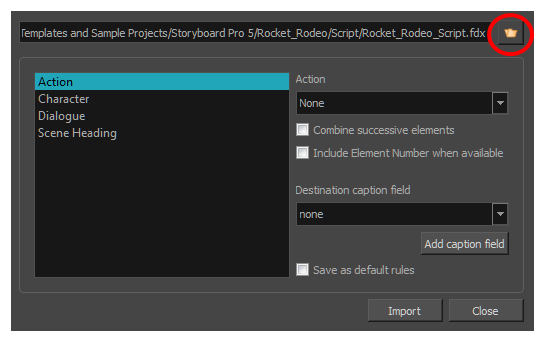

It helps you determine the length of each scene and how long it may take to shoot it. Splitting up your pages is the standard measurement used to determine the screen time of each of your scenes. So, if you’re looking to save some money, print out your script and grab all your pens, pencils, rulers, and highlighters for these next steps. Nowadays, many filmmakers utilize script breakdown software, however, even though it may make the breakdown process much easier, it can be a very pricey, and sometimes unnecessary method, especially if you’re working on a low-budget short film with a 5-10 page script. The best cost-saving method for a script breakdown is doing it the traditional way - breaking it down by hand. Now without further ado, let’s discuss the ways to break down a script.
#Script stop working with final draft tagger how to#
How To Turn A Great Idea Into A Great Story Script If you’re having trouble writing a script, check out our previous blog post where we discuss how to turn a story idea into a great script. A good script is the core of any filmmaking endeavor and separates great films from bad ones.

Break Down Your Script by Handīefore we dive into the script breakdown process, it’s important that you understand the importance of the script. Once you’ve learned this, you will be able to determine the budget of your film and what your shooting schedule will look like. The goal of this post is to help those unfamiliar with the process, learn how to break down a script properly and efficiently. Depending on the length of your script, this can be a very long and tedious task as you will be breaking down each scene, marking important elements required for the shoot. The script breakdown is a crucial pre-production step for determining your film’s budget and production schedule. Typically, the script breakdown is a job for the producer or 1st AD, but if you’re working with a small crew, you may need to put on multiple caps to get it done. Your script is finally ready for production, now what? Now, you need to open your laptop back up and once again, go through your script, page-by-page, to conduct a script breakdown. You’ve just pressed save on your 10th script revision and you close your laptop with an immense feeling of relief.


 0 kommentar(er)
0 kommentar(er)
